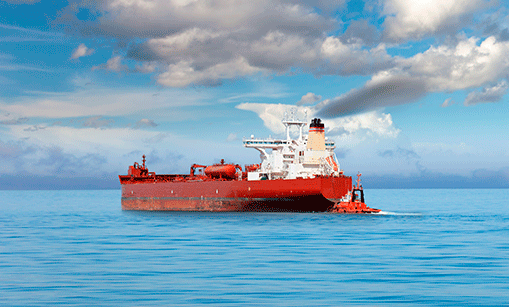In this context, VOCs are lighter hydrocarbon gases such as methane, ethane, propane, butane and pentane. Norway has committed itself through international agreements to limit its VOC emissions.
For nearly 30 years, SINTEF has been carrying out advanced measurements and simulations of emissions, evaluations of measure to reduce emissions and testing of such measures.
The operators of the loading points are responsible for limiting VOC emissions. On January 1, 2012, the Climate and Pollution Directorate (now, the Environment Directorate) imposed an upper limit for emissions of 0.45 kg NMVOC/Sm3 crude oil loaded per loading point, as a mean value measured over one calendar year. This requirement will be regarded as having been met if the mean emissions from all fields on the Norwegian continental shelf do not exceed 0.45 kg NMVOC/Sm3 crude oil loaded in the course of a calendar year. The extent of emissions is to be documented by the implementation of measurement programmes.
The operators of most offshore loading points have joined forces in the VOCIC industrial cooperative project to implement emission reduction measures and to perform the measurement programme, which is being operated by Teekay Shipping Norway. SINTEF has been engaged to quality assure the measurement programme, and is analysing the gases released by gas chromatography. The results are compared with a highly simplified gas analysis in which only the density of the gas is measured. This programme is making an important contribution to achieving the aim of reducing VOC emissions

